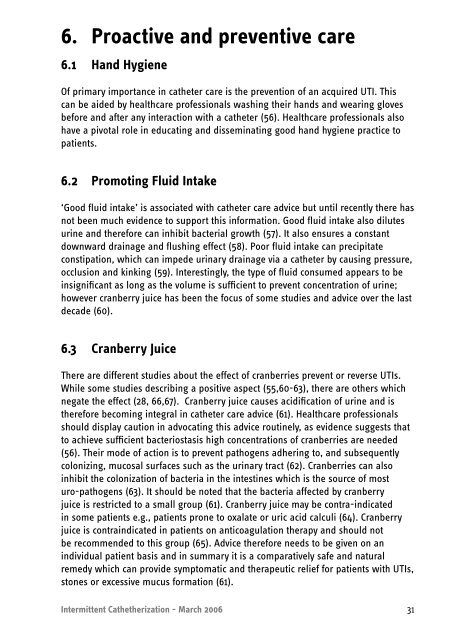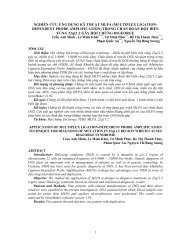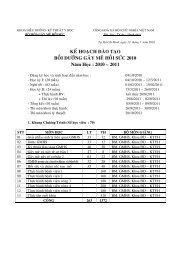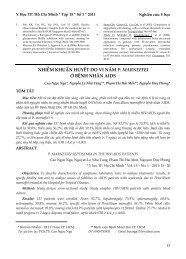1. Intermittent catheterization - European Association of Urology
1. Intermittent catheterization - European Association of Urology
1. Intermittent catheterization - European Association of Urology
Create successful ePaper yourself
Turn your PDF publications into a flip-book with our unique Google optimized e-Paper software.
6. Proactive and preventive care<br />
6.1 Hand Hygiene<br />
Of primary importance in catheter care is the prevention <strong>of</strong> an acquired UTI. This<br />
can be aided by healthcare pr<strong>of</strong>essionals washing their hands and wearing gloves<br />
before and after any interaction with a catheter (56). Healthcare pr<strong>of</strong>essionals also<br />
have a pivotal role in educating and disseminating good hand hygiene practice to<br />
patients.<br />
6.2 Promoting Fluid Intake<br />
‘Good fluid intake’ is associated with catheter care advice but until recently there has<br />
not been much evidence to support this information. Good fluid intake also dilutes<br />
urine and therefore can inhibit bacterial growth (57). It also ensures a constant<br />
downward drainage and flushing effect (58). Poor fluid intake can precipitate<br />
constipation, which can impede urinary drainage via a catheter by causing pressure,<br />
occlusion and kinking (59). Interestingly, the type <strong>of</strong> fluid consumed appears to be<br />
insignificant as long as the volume is sufficient to prevent concentration <strong>of</strong> urine;<br />
however cranberry juice has been the focus <strong>of</strong> some studies and advice over the last<br />
decade (60).<br />
6.3 Cranberry Juice<br />
There are different studies about the effect <strong>of</strong> cranberries prevent or reverse UTIs.<br />
While some studies describing a positive aspect (55,60-63), there are others which<br />
negate the effect (28, 66,67). Cranberry juice causes acidification <strong>of</strong> urine and is<br />
therefore becoming integral in catheter care advice (61). Healthcare pr<strong>of</strong>essionals<br />
should display caution in advocating this advice routinely, as evidence suggests that<br />
to achieve sufficient bacteriostasis high concentrations <strong>of</strong> cranberries are needed<br />
(56). Their mode <strong>of</strong> action is to prevent pathogens adhering to, and subsequently<br />
colonizing, mucosal surfaces such as the urinary tract (62). Cranberries can also<br />
inhibit the colonization <strong>of</strong> bacteria in the intestines which is the source <strong>of</strong> most<br />
uro-pathogens (63). It should be noted that the bacteria affected by cranberry<br />
juice is restricted to a small group (61). Cranberry juice may be contra-indicated<br />
in some patients e.g., patients prone to oxalate or uric acid calculi (64). Cranberry<br />
juice is contraindicated in patients on anticoagulation therapy and should not<br />
be recommended to this group (65). Advice therefore needs to be given on an<br />
individual patient basis and in summary it is a comparatively safe and natural<br />
remedy which can provide symptomatic and therapeutic relief for patients with UTIs,<br />
stones or excessive mucus formation (61).<br />
<strong>Intermittent</strong> Cathetherization - March 2006<br />
31

















